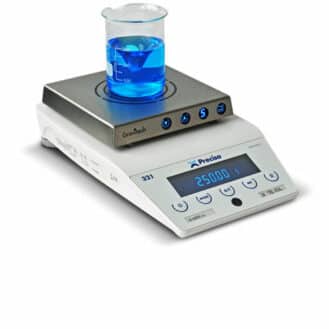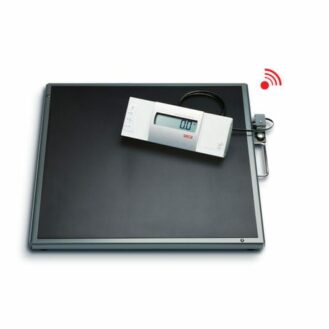A stretcher trolley is a combined stretcher and trolley. It can also be called a gurney. It allows a sick or injured patient to be transported in a lying, or occasionally sitting, position. They are mainly used in hospitals or treatment centers to transport patients between different units. They can also be used outdoors, particularly by ambulance drivers, to transport patients to medical facilities.
Different stretcher trolleys are distinguished by their field of application, ergonomics and various features.






